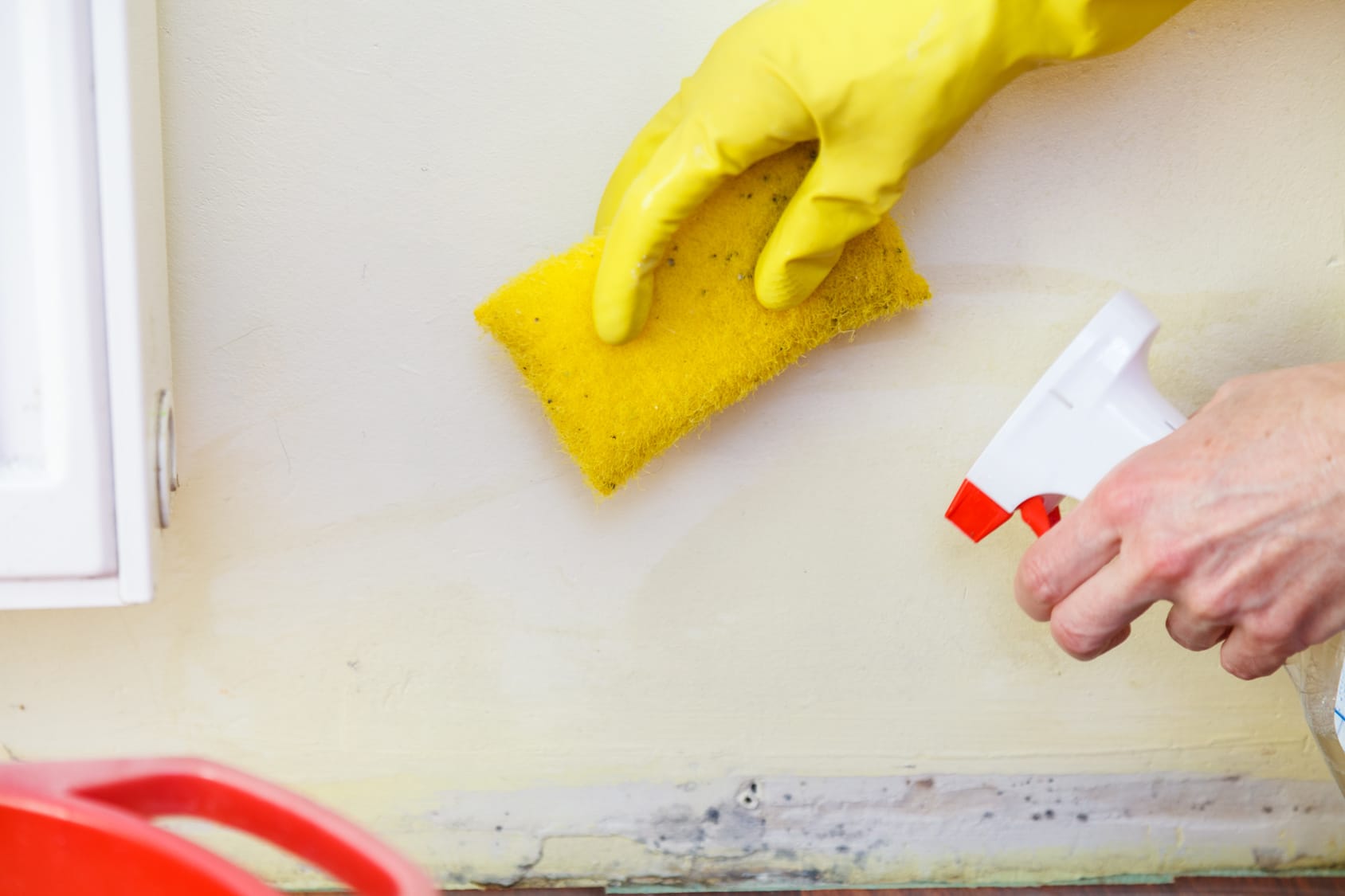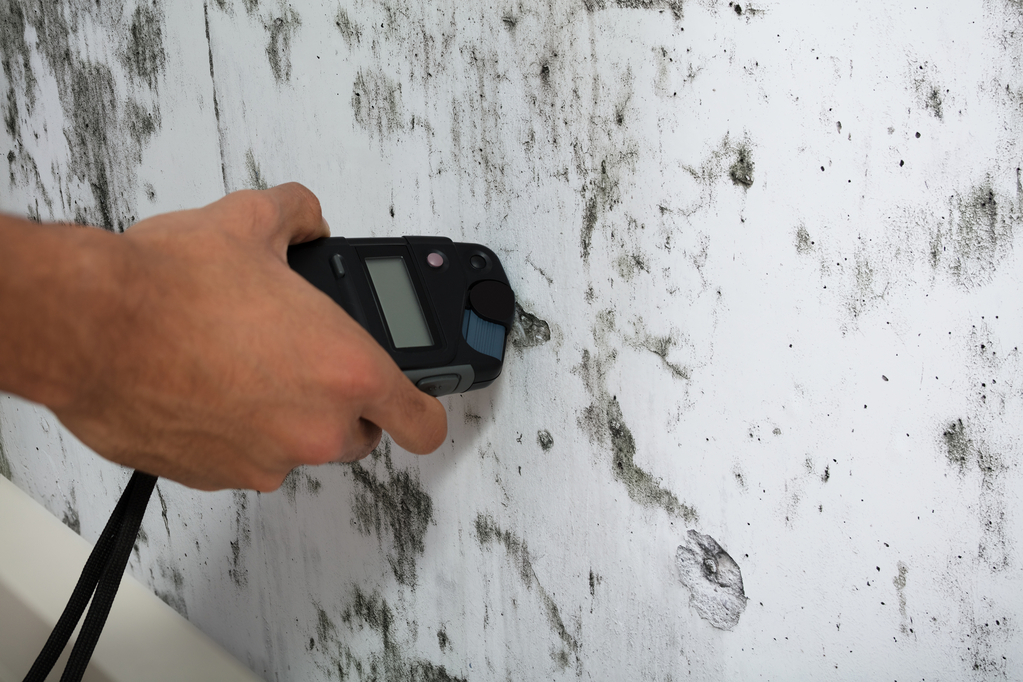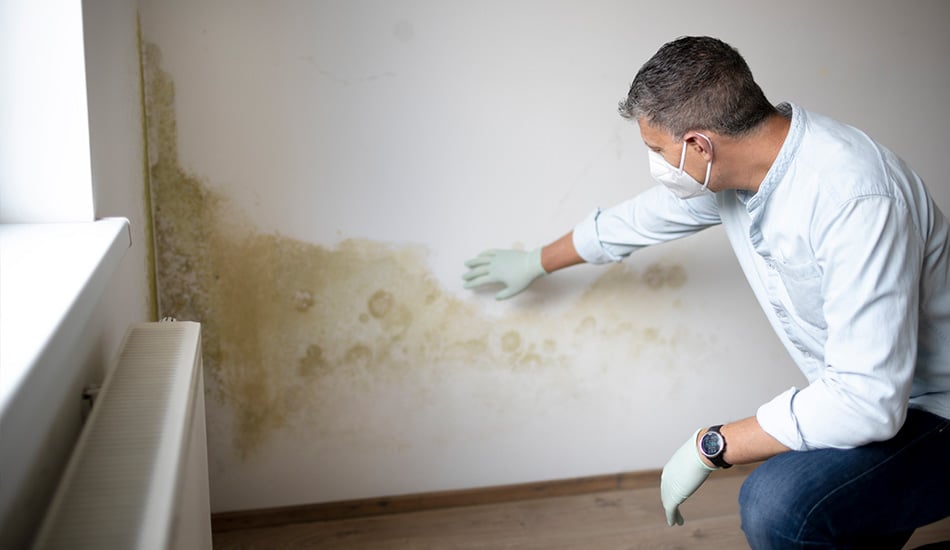Testing Air Quality After Mold Remediation
Testing Air Quality After Mold Remediation
Blog Article
Your Ultimate Guide to Article Mold Removal Strategies
Browsing the realm of post-mold removal strategies is a thorough process that demands focus to detail and a comprehensive understanding of the ins and outs involved. In the after-effects of mold and mildew infestation, recognizing just how to properly remove the mold and prevent its reoccurrence is vital for maintaining a healthy indoor atmosphere. From picking the ideal cleaning and decontaminating approaches to applying approaches for long-term mold and mildew avoidance, each action in the removal journey plays a crucial duty in making certain an effective outcome. As we start this exploration of post-mold remediation methods, we will certainly discover the vital techniques and best techniques that can assist you recover your room to its pre-mold problem and protect it versus future mold and mildew hazards.
Recognizing Post-Mold Removal Process
After completing the mold and mildew remediation procedure, it is critical to understand the post-mold removal techniques that are required to guarantee a efficient and detailed cleaning. When the mold has been eliminated, the next step involves cleaning and disinfecting the affected locations to prevent any type of regrowth of mold.
Additionally, carrying out a final inspection post-remediation is crucial to ensure that all mold has actually been efficiently removed. If the inspection reveals any type of sticking around mold and mildew, additional remediation might be essential.
Efficient Cleaning Up and Disinfecting Methods

Avoiding Future Mold Growth

Relevance of Proper Air Flow
Correct ventilation plays a critical duty in avoiding dampness accumulation, a crucial factor in mold and mildew growth within indoor atmospheres. Efficient air flow systems aid eliminate excess humidity from the air, lowering the chances of mold and mildew spores discovering the dampness they need to germinate and spread. Without ample air flow, interior spaces can come to be a breeding ground for mold, causing possible wellness risks and architectural damage.
By making certain correct air circulation, ventilation systems can also aid in drying out damp locations quicker after water damage or flooding incidents, further deterring mold and mildew growth. After mold remediation. In areas like washrooms, cellars, kitchen areas, and attics where moisture degrees have a tendency to be higher, setting up and keeping reliable ventilation systems is essential in preventing mold invasions

Tracking and Upkeep Tips
Provided the vital duty that correct air flow plays in protecting against mold growth, it is crucial to develop efficient tracking and upkeep tips to ensure the ongoing performance of ventilation systems. Surveillance humidity degrees within the residential or commercial property is also important, as high humidity can add to mold growth. By staying proactive and alert to the problem of air flow systems, building owners can efficiently alleviate the threat of mold and mildew regrowth and maintain a healthy indoor atmosphere.
Final Thought
In verdict, post-mold remediation methods are essential for making sure a secure and tidy environment. Comprehending the procedure, executing efficient cleansing and sanitizing methods, stopping future mold development, maintaining correct ventilation, and normal tracking are all essential action in the removal procedure. By adhering to these standards, you can effectively get rid of mold and prevent its return, functioning or promoting a healthy living room for all owners.
In the after-effects of mold invasion, recognizing just how to properly eliminate the mold and mildew and stop its reoccurrence is vital for keeping a healthy interior environment. When the mold has actually been removed, the next step entails cleansing and sanitizing the impacted areas to avoid any type of regrowth of mold and mildew - Post Mold Remediation. After getting rid of visible mold growth, it is crucial to clean all surface areas in the afflicted location to eliminate any staying mold and mildew spores. To even more boost mold prevention actions, it is essential to address underlying issues that initially led site web to mold and mildew growth.Offered the crucial role that correct ventilation plays in stopping mold growth, it is important to establish efficient tracking and upkeep ideas to make sure the ongoing capability of ventilation systems
Report this page